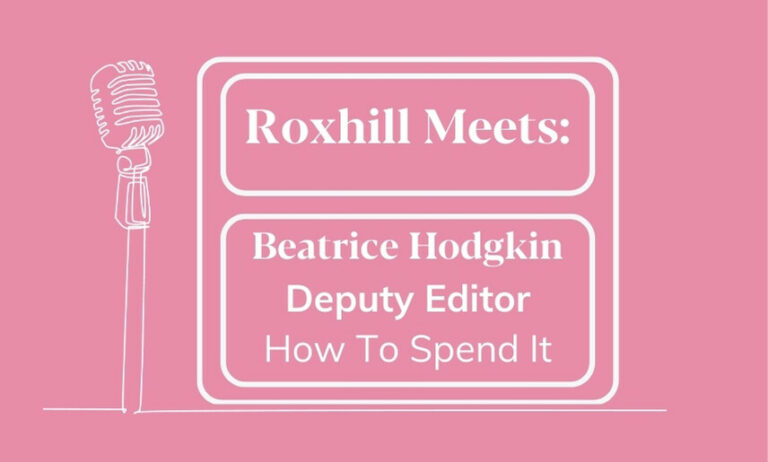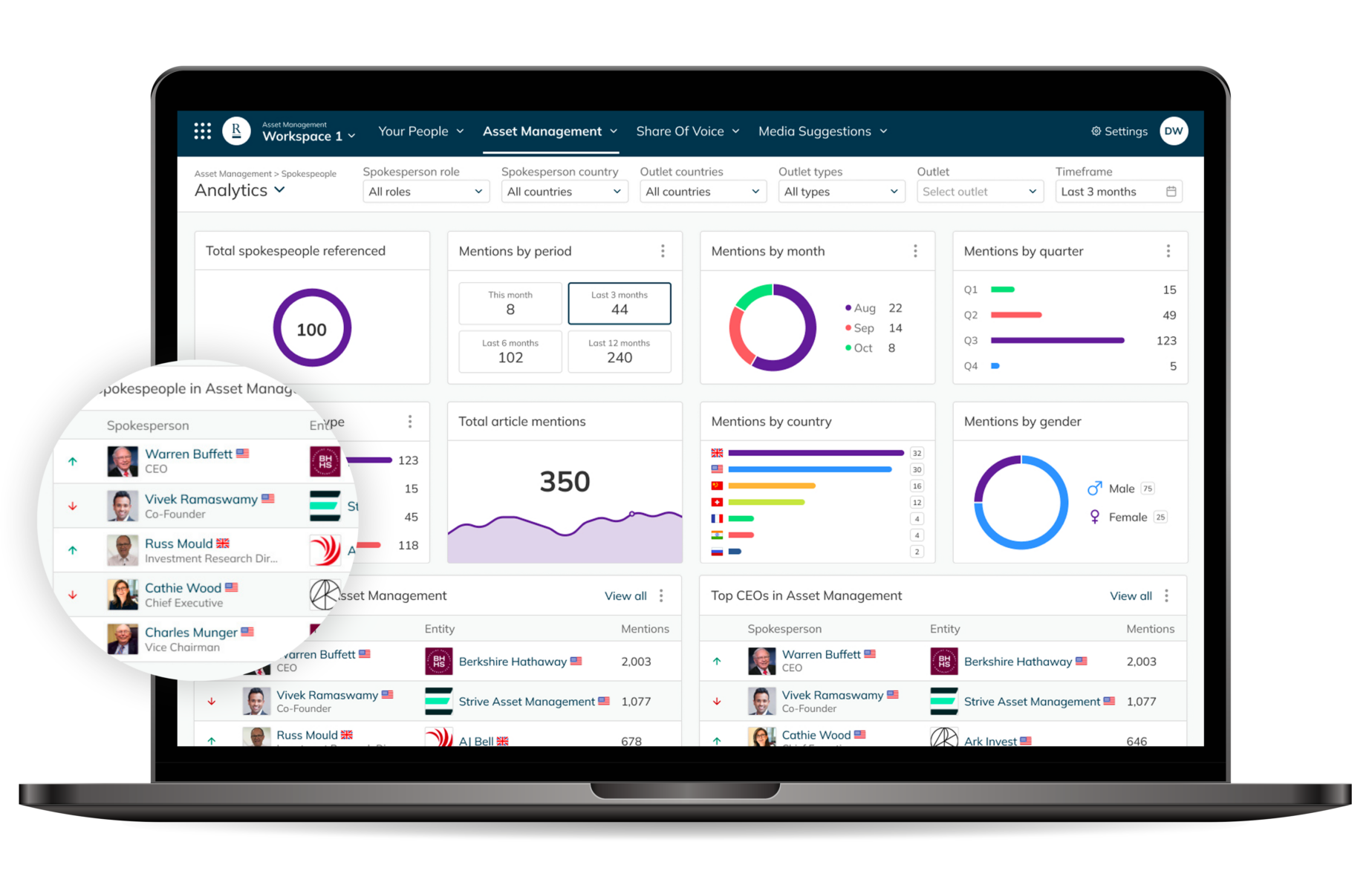Sentiment analysis helps us understand the emotions and attitudes expressed in written content, providing deeper insights into people's feelings and perspectives.
In the world we live in today, knowing how people feel is essential for communication experts like PR professionals. For PRs, this means figuring out how people see their brand or clients.
Using sentiment analysis, PRs can stay on top of what people are saying, fix negative press, and make the most of good feedback.
This guide will empower PRs to grasp the importance of sentiment analysis and how it can be leveraged to effectively manage brand perception and generate effective media coverage.
What is sentiment analysis?

Sentiment analysis is like a detective sifting through written content to reveal the emotions behind the words.
Just as a detective finds clues and pieces together evidence in a case, it sifts through text, identifying and assessing the sentiments it communicates.
In the realm of media sentiment analysis, this technique includes scanning the tone and mood in news articles, magazine features, and other forms of media content.
By doing so, PRs can gauge the general perception of stories. Understanding whether these narratives are seen positively, negatively, or somewhere in between.
These insights help PR professionals make informed decisions about how to position stories, manage media relations, and craft communication strategies that align with their goals.
How does it work?
Sentiment analysis uses algorithms to analyse text to establish if the expressed emotions are positive, negative, or neutral. The algorithms break down the text into words and phrases to assess the overall tone.
It uses patterns, rules and examples to categorise feelings as:
- positive (e.g. happy or satisfied)
- negative (e.g. angry or disappointed)
- neutral (e.g. factual or indifferent).
Just as people interpret reviews, it can help businesses and PR professionals understand media coverage, public opinions, and customer feedback quickly and efficiently.
Types of sentiment analysis

- Rule-based analysis follows a bunch of rules and word lists to decide how the text feels. If it spots happy words, it’ll say the text is positive.
- Machine learning-based analysis is more like teaching a computer how to understand text by showing examples. From these examples, it learns how to tell if text is positive, negative, or neutral.
- Aspect-based analysis looks at specific parts of written content to see how people feel about each part, instead of just looking at the overall feeling.
- Deep learning-based analysis spots patterns and connections in text. So, when analysing written content for sentiment, it can read between the lines of written content to tell you how the writer feels.
The role of sentiment analysis in PR

In today’s digital landscape, PR professionals need to navigate different channels to manage brand reputation and engage with audiences effectively.
Sentiment analysis provides insights into people’s perception across various platforms, including print media, online media sites, social media, and online forums.
By leveraging this across multiple channels, PRs can better understand audience sentiment, identify emerging trends, and monitor shifts of attitudes in real-time.
This approach helps PRs to optimise their communication strategies, tailor messaging to specific audiences, and capitalise on opportunities to enhance brand reputation.
Whether monitoring social media conversations, analysing media coverage, or tracking online reviews, leveraging emotional insights to direct multi-channel communication strategies empowers PRs to make data-driven decisions and achieve impactful results in today’s busy media landscape.
Sentiment analysis in media coverage
Media coverage can make or break a brand's reputation. Understanding the tone in news articles and editorials is essential for PR professionals to shape public perception.
It helps PRs to monitor media coverage, identify trends, and assess the impact of campaigns.
Armed with this knowledge, PR professionals can fine-tune messaging strategies, engage with journalists effectively, and amplify positive narratives while taking action against negative publicity.
Using tools like Roxhill’s intelligence spokespeople monitoring tool can enhance sentiment analysis, providing deeper insights into media sentiment and helping PR professionals to make more informed decisions in their media relations efforts.
It serves as a strategic compass, guiding PR professionals towards favourable outcomes in media relations.
Leveraging sentiment analysis for top-tier media coverage

Securing media coverage in top-tier outlets is a key goal for PR professionals.
Sentiment analysis can inform PR strategies to secure positive publicity in top-tier media outlets.
By identifying journalists’ preferences, monitoring trending topics, and analysing past and real-time media coverage, PRs can tailor their pitches to resonate with journalists and align with the publication’s editorial tone.
Leveraging these insights, PRs can increase their chances of securing favourable media coverage in coveted outlets.
Sentiment analysis and spokespeople

Choosing the right spokespeople is essential for shaping how people see your brand and building strong connections with the right journalists.
Understanding when and where top media outlets cover your brand’s spokespeople is the first step before you can analyse the tone of your spokespeople’s media coverage.
Roxhill’s spokespeople monitoring tool tracks, analyses, and strategises your spokespeople’s media coverage, giving insights into where your spokespeople are covered so you can assess the sentiment of brand coverage in print and online media outlets.
With this tool, PRs can monitor how sentiments change over time, identify areas for improvement, and adjust their messaging where suitable.
Sentiment analysis for competitor benchmarking
This extends beyond monitoring media coverage of your own brand; it also includes analysing how your competitors are seen based on what’s reported in the news and magazines.
By understanding the positive and negative things being said about other brands, PRs can figure out what’s working well or not so well for them.
Armed with this knowledge, PR teams can make smarter decisions on how to promote their brand in a way that differentiates it from the competition and highlights its qualities in the market.
Sentiment analysis in crisis management
Taking control of the narrative is essential for PR experts when a crisis happens. Sentiment analysis provides invaluable support in crisis management by helping PRs assess the tone of media coverage and public opinion surrounding a crisis.
By analysing changes in people’s feelings and recognising the right journalists and media outlets who can affect opinions, PRs can create tailored plans for communication.
These plans can help reduce bad feelings, rebuild confidence, and protect a brand’s reputation.
By analysing sentiment trends and pinpointing key people who can impact public opinion, PR professionals can develop targeted crisis communication strategies to address negative sentiment, restore trust, and safeguard brand reputation.
Why sentiment analysis challenges matter

While sentiment analysis technology can helpful, it can also come with its own set of challenges.
Here, we’ll delve into five issues that PR professionals may face:
- NOT reading between the lines: It’s essential to recognise the context surrounding sentiments and identifying subtle cues within language, such as sarcasm, irony, or subtle expressions, that impact how they’re understood.
- NOT understanding industry lingo: Knowing specialised vocabulary, slang, or jargon used in different industries is necessary so that the sentiment is not missed!
- NOT managing different languages: Handling emotions expressed in many languages, each with its own language traits and cultural nuances is essential to understand emotions and attitudes.
- NOT keeping up with changing sentiments: Adapting to shifting sentiments as how people use words or express their emotions changes over time – and is needed to keep sentiment tools useful.
- NOT handling subjectivity: It’s necessary to recognise that people’s feelings are subjective and can vary from person to person making it challenging to draw broad conclusions from results.
5 key takeaways of sentiment analysis

- Understanding people’s feelings: It helps us grasp how people feel from what they write, which is essential for understanding how the media, customers, and the public see your brand or clients.
- Monitoring brand reputation: By analysing attitudes across different media channels, including top-tier media outlets, PR professionals can monitor and manage their brand’s reputation in real-time, responding quickly to positive and negative feedback.
- Informing media strategies: It helps PR professionals understand how the media, including top-tier outlets, sees their brand, guiding PRs to craft pitches that resonate with the right journalists and target audiences.
- Identifying emerging trends: Through sentiment analysis, PRs can identify emerging trends and topics of interest within their industry, so they stay ahead of the curve in their communications efforts.
- Overcoming crisis situations: Noticing shifts in sentiment early on, PRs can proactively address potential negative situations, minimising brand reputation damage and restoring trust in the brand.
What every PR should do next...
Challenges such as language complexity, sarcasm, and industry-specific expressions, affect accuracy.
Overcoming these obstacles is vital for guaranteeing the reliability of sentiment analysis algorithms in understanding media coverage and emotional trends across different written content.
However, our spokespeople media tool offers valuable coverage insights, showcasing where leading media outlets cover your brand and spokespeople.
This empowers PRs to evaluate and report to stakeholders directly on their own terms, to discover whether the coverage is positive, negative, or neutral.













